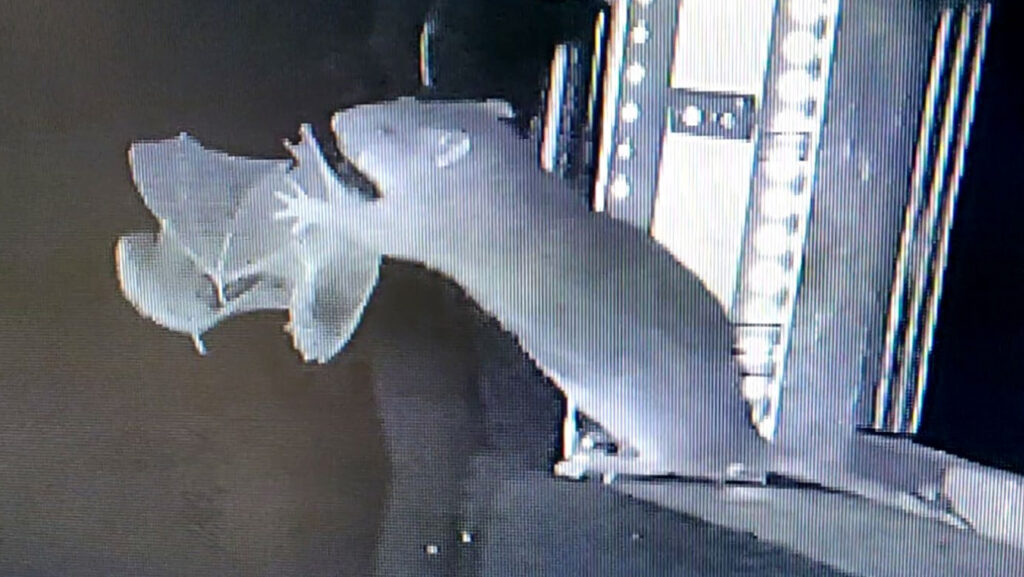Bats beware. The ability to fly won’t save you from hungry, determined rats.
In a first, brown rats were filmed hunting bats by catching them midair. The finding, published in the November Global Ecology and Conservation, puts a spotlight on bat conservation in urban areas.
The observation happened by chance, says Florian Gloza-Rausch, a biologist at the Museum of Natural History in Berlin. He and colleagues had been studying a colony of 30,000 bats overwintering in a cave about 60 kilometers north of Hamburg. At the cave’s entrance — a hole in the ground — a small kiosk protects bats passing through from local cats that hunt them. The researchers saw an opportunity: setting up a counting device and an infrared camera at the entrance of the structure to get a closer look at the winged mammals.
They got way more than they bargained for.
Brown rats (Rattus norvegicus) figured out how to get inside the kiosk and climb up to the bats’ landing platform at the entrance, using a curtain the researchers placed inside the kiosk for filming purposes. From August to October 2020, cameras captured the rodents — standing on their hind legs and using their tail to balance — grabbing bats mid-flight, killing them with a bite and dragging the carcasses away. The rats also caught bats as they landed on the platform.
Out of 30 filmed predation attempts, 13 were successful. The attacks happened in complete darkness, so the researchers suspect that the rats sensed the bats with their whiskers.
“You can really see that the rats seem to be experts,” says Yossi Yovel, a neuro-ecologist at Tel Aviv University who was not involved in the research. “They’re waiting for the bats. They’re very professional in the way they do it.”
Predators that constantly wait for bats at the entrances of their dwellings can kill a lot of animals, Yovel says. “In terms of conservation, the effects can be dramatic.”
A colony of just 15 brown rats could reduce the cave’s population of 30,000 bats by 7 percent each winter, Gloza-Rausch and colleagues estimate. Though the extreme scenario assumes no other food source for the rats, Gloza-Rausch says, the calculation emphasizes the importance of implementing rat mitigation strategies at bat hibernation sites in urban areas. Many bats spend winters in European cities, where invasive brown rats are widespread, says Gloza-Rausch. “It’s a problem for the wildlife to adapt to this new predator”
Read the full article here














